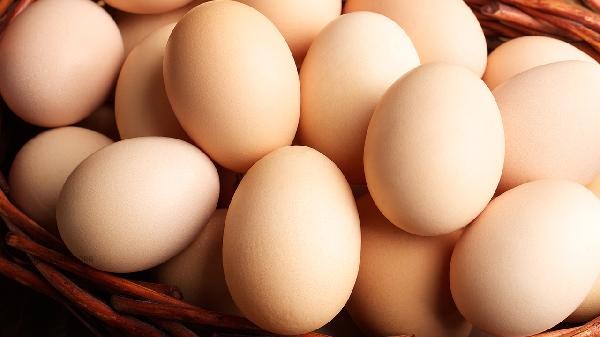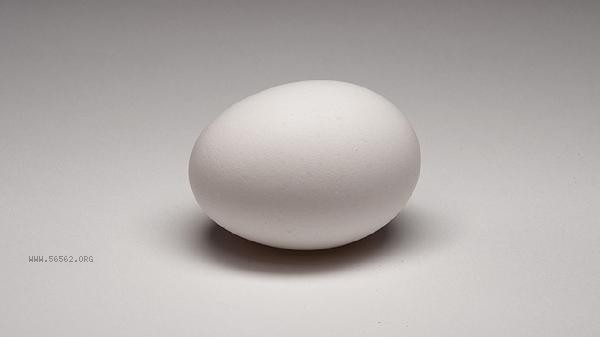The key to frying tender and smooth eggs lies in controlling the heat, oil temperature, and cooking techniques, mainly including low-temperature slow frying, adding liquid, flipping at the right time, selecting fresh eggs, and simmering before serving.

1. Low temperature slow frying
Heat a flat bottomed pan over low to medium heat, pour in a small amount of cooking oil, and spread evenly. When the oil temperature rises to a slight heat, pour in the eggs. Once the egg whites come into contact with the bottom of the pot, immediately reduce the heat to the minimum and allow the egg mixture to slowly solidify from the edges towards the center. Low temperature can prevent excessive protein contraction and form a delicate texture. If using an induction cooker, it is recommended to adjust the power to below 800W.
2. Add liquid
Add a small amount of milk or water to the beaten egg mixture, with a ratio of about 1 egg to 5 milliliters of liquid. When liquid is heated and evaporated, it forms a vapor layer, making the egg tissue more fluffy and tender. Be careful to stir thoroughly until the egg mixture is completely blended with the liquid to avoid layering and affecting the taste.
3. Flip over at the right time
When the egg white is basically solidified and the edges are slightly charred, use a spatula to gently lift it up from the edge and check the bottom condition. If it turns light golden yellow, flip it over and continue frying for 10 seconds before serving. Overturning too early can cause yellowing, while flipping too late can make the bottom harder. Single side fried eggs can be covered and stewed until the surface protein solidifies.

4. Choose fresh eggs
Fresh eggs have high egg white viscosity, good yolk membrane toughness, and can maintain their intact shape when fried. Eggs stored for more than 7 days will have thin egg whites, and there is a tendency for the edges to become burnt and the center to be sandwiched during frying. When selecting, the eggs can be shaken, and those without shaking sensation are fresher.
5. Simmer before serving
Immediately cover the pot after turning off the heat and continue heating for 30 seconds using the remaining heat. The steam cycle can make the egg yolk reach a semi solidified and soft state, and the protein is also smoother. If you prefer fully cooked egg yolks, you can extend the braising time to 1 minute, but avoid excessive heating that can cause water loss.

When frying eggs in daily life, vegetables such as tomatoes and broccoli can be paired to supplement dietary fiber, or combined with whole wheat bread to increase satiety. Pay attention to controlling the amount of oil used, and it is recommended to use no more than 5 milliliters of vegetable oil for each fried egg. For those with weak digestive function, the fried eggs can be chopped and mixed into Congee. It is recommended to use non stick pans for cooking utensils, which can reduce oil consumption and effectively prevent sticking and burning. When storing eggs, they should be placed in the refrigerator compartment with the tip facing downwards to extend the shelf life.








Comments (0)
Leave a Comment
No comments yet
Be the first to share your thoughts!